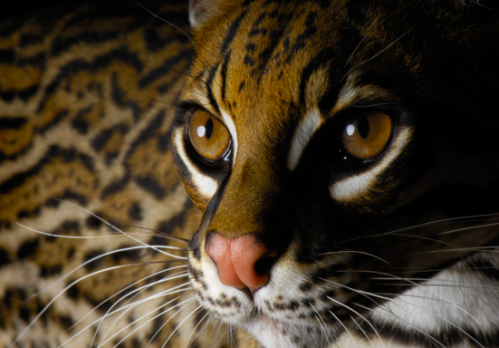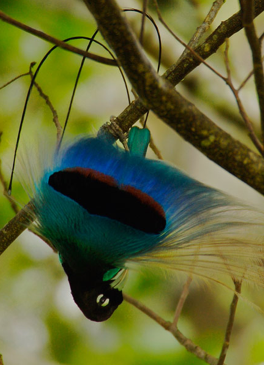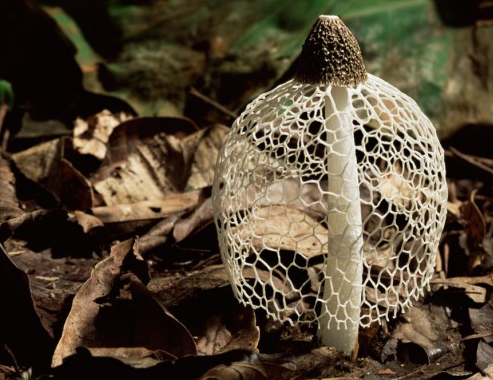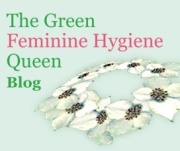Kinkajou, Capuchin, Jaguar, Zodiac Moth.
Dart Frog, Bird of Paradise, Three-Toed Sloth.
(OK, we’re clearly not as lyrical as Dr. Seuss, but that bird of paradise video from BBC’s Planet Earth is pretty phenomenal!)
In continuation of last week’s post on Our Oceans and April’s theme of protecting and celebrating our Earth, this week’s post aims to raise awareness about the robust biodiversity contained in our rainforests as well as the threat to their survival.
A typical four square-mile patch of tropical rainforest contains as many as 1,500 flowering plants, 750 species of trees, 400 species of birds and 150 species of butterflies.
But, The World Wildlife Fund estimates that some 46-58 million square miles of forest are lost each year—equivalent to 36 football fields every minute – to deforestation (unsustainable agricultural, ranching, mining and logging practices). Already, the area of our rainforests has been halved from 14% of our Earth’s surface to a mere 6%.
The loss of forest has not only led to a drastic decrease in the world’s biodiversity, but also a 15% increase in greenhouse gas emissions. The New York Times explains that forests act as carbon sinks—soaking up the CO2 that would otherwise be free in the atmosphere and contributing to ongoing changes in climate patterns.
It is estimated that rainforest ecosystems and the water they release, supports the lives of billions of people and meets the needs of 40% of the farmers in underdeveloped countries. Unknowingly, we support deforestation by buying products that originally come from farmers with unsustainable habits or manufacturers using wood pulp (a byproduct of tree felling) to make sanitary pads! Yes, it’s hard to believe but what looks like cotton in your average sanitary pad is usually bleached tree fibers! Maxim Hygiene sanitary pads are not your average sanitary pad. They are made with 100% cotton instead of the irritating “cotton like” tree based materials that are contributing to deforestation.
Another reason rainforests are so vital? Seventy percent of the 2000 plants identified by the U.S. National Cancer Institute to be “active against cancer cells” are found exclusively in rainforests. In fact, a whopping 121 prescription drugs (and about 25% of Western pharmaceutical meds) are derived from rainforest ingredients. And, it is estimated that less than 1% of tropical trees and plants have been tested by scientists!!
To find out more about how you can save the rainforests, please visit some of the sites below. We encourage you to learn as much as you can, make your friends and family care too and educate as many people as you can! Make them watch videos or show them photographs to pique their interests and then go from there.
Resources:
– http://ran.org/top-five-ways-protect-rainforests-2011-0
– http://www.nature.org/ourinitiatives/urgentissues/rainforests/index.htm
– http://www.coolearth.org/407/category/the-solution-185.html#active_exmenu






